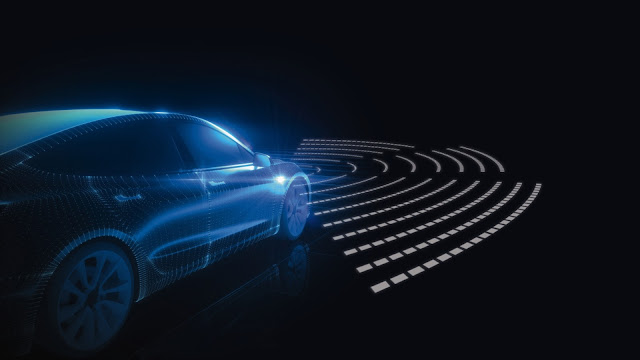Automotive RADAR Market Is Estimated To Witness High Growth Owing To Safety Regulations & Increasing Demand for Advanced Driver Assistance Systems (ADAS)
 |
| Automotive RADAR Market |
The global Automotive RADAR market is estimated to be
valued at US$ 6.61 billion in 2022 and is expected to exhibit a CAGR of 23.81%
over the forecast period of 2022-2030, as highlighted in a new report published
by Coherent Market Insights.
A) Market Overview:
Automotive RADAR, an abbreviation for Radio Detection
and Ranging, is a technology that uses radio waves to detect the presence and
distance of objects around the vehicle. Its primary function is to assist in
collision avoidance and enable various Advanced Driver Assistance Systems
(ADAS) features such as adaptive cruise control, blind-spot detection, and
automatic emergency braking. The market for Automotive RADAR is experiencing
significant growth due to the rising focus on passenger safety and the
increasing demand for ADAS solutions in vehicles.
B) Market Dynamics:
1. Driver: Safety Regulations
With the growing concerns over road accidents and
fatalities, governments worldwide have introduced stringent safety regulations.
Automotive RADAR systems, being a crucial component of ADAS, help in reducing
accidents by providing real-time information about the surrounding environment.
For instance, the European Union made it mandatory for new vehicles to be equipped
with ADAS technologies, including RADAR systems, from 2022 onwards. This
regulatory push is expected to drive the adoption of Automotive RADAR systems
in the coming years.
2. Opportunity: Increasing Demand for ADAS
The rising consumer awareness about vehicle safety
and the increasing preference for enhanced driving experience have contributed
to the growing demand for ADAS solutions. Automotive RADAR systems play a vital
role in providing accurate and reliable information to these ADAS features, ensuring
a safer driving experience. The integration of RADAR technology enables
vehicles to detect and respond to potential collision threats, pedestrian
detection, and lane departure warnings, among other functionalities. As a
result, the demand for Automotive RADAR systems is anticipated to witness
substantial growth in the forecast period.
C) Segment Analysis:
Among the segments in the Automotive
RADAR market,
the Short-Range Radar (SRR) segment is expected to dominate the market. SRR is
utilized in various ADAS applications, such as autonomous emergency braking and
blind-spot detection. It offers improved performance in close proximity
applications, making it a preferred choice for automotive manufacturers.
D) PEST Analysis:
Political: Governments worldwide are implementing
stricter safety regulations, driving the adoption of Automotive RADAR systems.
Economic: The growing automotive industry, coupled
with the rising disposable income of consumers in emerging economies, is
positively impacting market growth.
Social: Increasing consumer awareness about vehicle
safety and the demand for an enhanced driving experience are driving the
adoption of ADAS solutions and, subsequently, Automotive RADAR systems.
Technological: Advancements in RADAR technology, such
as the development of millimeter-wave RADAR, are improving the accuracy and
range of detection, further fueling market growth.
E) Key Takeaways:
- The global Automotive RADAR market is expected to
witness high growth, exhibiting a CAGR of 23.81% over the forecast period, due
to increasing safety regulations and the growing demand for ADAS.
- North America is expected to be the fastest-growing
and dominating region, driven by the presence of key market players and strong
consumer demand for advanced safety features.
- Key players operating in the global Automotive
RADAR market include Continental AG, Denso Corporation, Robert Bosch GmbH,
Infineon Technologies AG, Valeo, NXP Semiconductors, HELLA KGaA Hueck &
Co., Texas Instruments Incorporated (TI), Autoliv Inc., and ZF Friedrichshafen
AG.
In conclusion, the Automotive RADAR market is set to
experience significant growth due to the increasing focus on passenger safety
and the demand for advanced driver assistance systems. With the implementation
of safety regulations and advancements in RADAR technology, this market offers
promising opportunities for key players to capitalize on.
Comments
Post a Comment